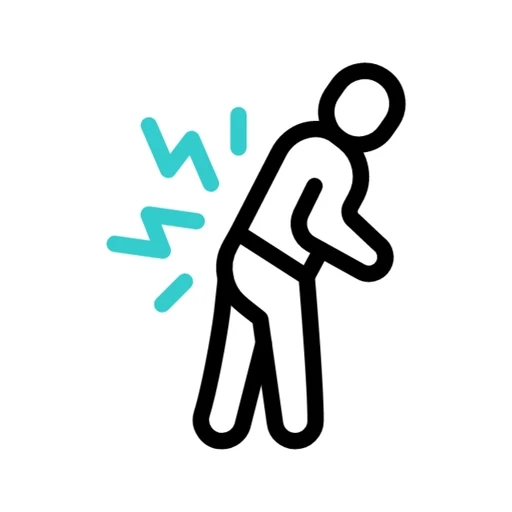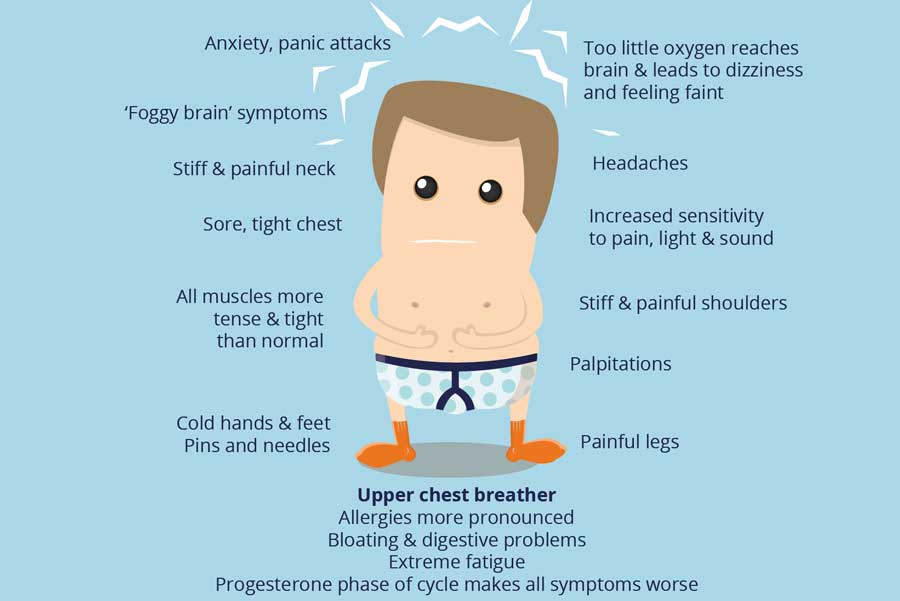What to do and what not to do to make sure you look after your back
AT WORK
Too much sitting is bad for you. An average person sits for 9.3 hours a day – and 80 per of us have sedentary jobs. Sitting for more than three hours a day can cut two years off your life expectancy, even if you exercise regularly.
You place three times as much pressure through the intervertebral discs in your spine when sitting, compared with when you stand, particularly in the low back. Over time, this makes them bulge and weaken as well as making them significantly more likely to herniate, producing a “slipped disc”.
Our abdominal muscles weaken and become flabby and the “core” muscles, which stabilise and support our spines, stop working. This is why we injure ourselves at the weekend, when we ask our backs to do activities involving large ranges of movement that they are not used to, eg, golf, tennis, etc. Inevitably something goes twang.
Peering forward at a screen produces a “forward head posture”. For every one inch forward your chin protrudes, your head weighs an extra 10lb.
Laptops are particularly bad, as they are often used on coffee tables, sofas or in bedrooms. Screens are too small and the keyboard is attached to the screen. Imbalances in muscle tension develop.
Changes in the head and neck position create an effect on the tilt of the pelvis. In the long term, this can change your posture and lead to accelerated degenerative changes in the neck and low back.
HOW TO REDUCE THE RISK AT WORK
Do
- Always use a chair that is fully adjustable with armrests that adjust.
- You must be able to get your knees under the desk and your hips should be at 90-110 degrees to your torso. Never have your knees higher than your hips. If anything, your knees should drop away from your hips slightly.
- Pull the chair under the desk, so that you sit back in the chair with your back supported by the chair back. Do not sit forward on the edge of the chair – or slump.
- Your upper arms should run in a line from your shoulders to the armrest and your elbows should rest on the arms. Relax your shoulder muscles.
- The screen should always be straight in front of you.
Don’t
- Do not reach for the mouse, keep it close to you, next to the keyboard.
- Never trap the phone or mobile under your chin.
- Sit on the edge of your chair.
- Never have the screen offset to one side.
- Don’t cross a leg while sitting at the desk.
- Do not use varifocals to look at a screen. Get a cheap pair of computer glasses made, set at the right focal length – and leave them on the desk.
MOVE
Get up every 30 minutes and move around. Have a stretch and correct your breathing. Use the stairs not the lift.
GET A BACKPACK
Carry as little as you need and wear it “high and tight”. Never carry more than 15 per cent of your body weight.
CHILDREN
Physiotherapists are seeing record levels of children and teens with neck pain, back pain, headaches and tooth clenching. We’re producing a generation of children who will have more spinal problems at an earlier age, exacerbated by social media, ie screen time.
Rules
- No TV or laptops in bedrooms.
- Give them a supportive chair to work in – not at the kitchen table or propped on their laps.
- Regular breaks every 20-40 minutes.
- Make sure mobile phones are held in front of the face.
- No sleeping on their tummy.
BREATHING
Disrupted breathing patterns mean the neck and shoulder muscles pull on the spine, collarbones and base of the skull. Upper chest tension leads to
aches and pains.
Daily breathing exercises
- Lying on the floor, place one hand on your chest and one hand on your tummy.
- Close your mouth completely and breathe in and out only through your nose.
- Imagine the air going in through your nose, down your windpipe and straight into an inflatable “bag” in your stomach. Imagine the hand on your tummy is a brick. Think about expanding your tummy to lift the brick.
- As you slowly inhale, also try to prevent the “chest hand” from moving at all. Instead, feel the air inflate your abdomen until you achieve a pot-belly tummy. You should also be aware of a stretch sensation deep inside your chest; this is your diaphragm firing and stretching.
- The “in” breath should take five seconds and the “out” breath seven seconds.
- Carry out ten of these breaths but no more. It will get easier each time.
- You will need to achieve 50 of these breaths a day (done as five sets of ten breaths). This is to retrain yourself. The first set should be done when you wake, the last set as you lie in bed before sleep.
IN BED
- A good bed should be soft enough to mould to your shape but firm enough to support your spine through the night.
- Do not sleep on your front. It is bad for your neck and your low back. Always support your neck with a good pillow, pulled into the nape of your neck, lying on your side or your back.
- Expensive down-filled pillows are full of air and within an hour the feathers will pack down. As a result, they no longer provide support to your neck. Go for a normal pillow shape made of latex foam, which has the right amount of support but is soft enough to contour to the shape of your head.
Other News Articles You May Be Interested In
5 Lessons from the UK's Leading Expert in Back Pain
In the world of back pain, Nick Potter is the leading expert in the UK. With clients like Elton John...
A pain in the neck
Do you get neck pain which particularly manifests in the tops of your shoulders, relieved but only temporarily by massage?...
BREATHING, ANXIETY & LUNG HEALTH
BREATHINGWe need to start a breathing revolution. You are about to start something which could and most probably will, change...



